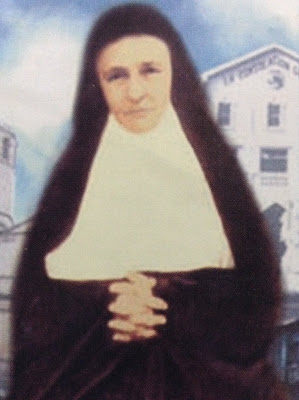Memories of Ashes - The destroyed venerated images of Intramuros

The image El Glorioso San Jose of old San Nicolas Church in Intramuros that became a casualty of the Second World War. If we can recall one of the previous blogposts here in Pintakasi about the venerated images of Intramuros that survived the ravages of the Second World War either remained or left Intramuros either as venerated images in the relocated churches of the religious orders who brought them to the country or commissioned locally by our artisans or in some cases, museum pieces. As its fitting follow up on this unexpected trilogy on the Catholic Faith in Old Intramuros (Due to the response on the first article regarding the surviving images of Old Intramuros), we now focus on the images that were unfortunately destroyed during the Liberation of Manila. These images enjoyed much cult following during the Spanish regime and the Pre-War period and became part of the lives of every Manileños for centuries until the atrocities of the Second World War. These images may be go




